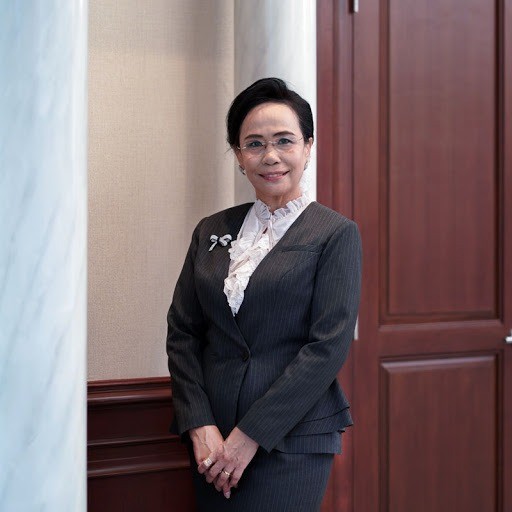THAILAND. Bangkok. Methinee Chalothorn, current Supreme Court vice-president, will serve as the country’s 46th and first female Supreme Court president after the Judicial Commission endorsed her nomination on 24 July.
Supreme Court president is the highest position of the Thai judicial branch. The position is legally equivalent to the prime minister of the executive branch and the president of the National Assembly of the legislative branch. Chalothorn’s presidency will start on 1 Oct.

Besides Chalothorn, two other women were also appointed to the second and third most powerful positions in the Thai judiciary, as ThaiRath reported.
Piyakul Boonpam, current president of the Bankruptcy Case Division of the Supreme Court, will serve as the next president of the Court of Appeal.
Wasana Hongcharoen, current president of the Juvenile and Family Case Division of the Supreme Court, will serve as the next vice-president of the Supreme Court.
Lack of female representation in the judiciary
However, the judiciary system in Thailand is still male-dominated according to research by Usamard Siampukdee of Chaing Mai University.
While other bureaucratic sections comprised of over 50% of women population, the judiciary organizations including police, judges, and public prosecutors comprised of less than 25% of women. Siampukdee saw a significant gender gap.
“Women are considered new faces in courtship,” Siampukdee said in the research. “The recognition of women judiciary and public prosecutor gradually developed whereas the opportunity for women to these professions appears to be low comparing to male counterparts. Even though the tendency of women getting employed has been increasing, women comprise less than a quarter of total workforce serving as public prosecutors and judges.”
Siampukdee also stated that even fewer women have achieved high-level positions in this field.
Other branches of government are also male-dominated
In January of 2020, the United Nations Women ranked Thailand 137th out of 193 countries in women representations in parliament. There are 81 female representatives out of 500 members of the House of Representatives, only 16.2%. There are 26 female senators out of 250 members of the Senate, only 10.4%.
For the executive branch, none of the cabinet members is female. Leaders of all 24 ministries are male, which ranked Thailand the lowest in terms of representation of women in ministerial positions.

